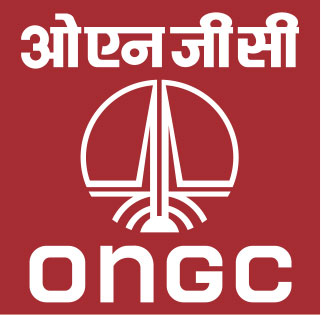मुंबई हाई 1 9 74 में 1 9 1 9 में अच्छी तरह से एच 1-1 9 की गहराई से विकसित हुआ - एक नए युग की शुरुआत हुई !!
1974, the world economy was struggling to come to terms with oil crises arisen out of oil embargo by middle east oil producing nations . The import price of oil hit all time high and countries like India were worst affected due to lack of significant indigenous hydrocarbon resources.
ONGC, precisely that time, was launching its most ambitious exploration effort in high seas about 90 nautical miles off Mumbai (then Bombay), fingers crossed but spirits high.
Jack up self-propelled, self-elevating drill ship aptly named Sagar Samrat - The Emperor of Seas, was custom built in Japan for shaping India's offshore foray.
Drill-Ship Sagar Samrat at work in Bombay High… That day - Feb 19, 1974 - changed the Energy landscape of the country forever
Samrat had reached Bombay in May 1973 and thereafter drilled a well at Tarapur structure, without success but enormous learning for the engineers.
Sagar Samrat, was next deployed at Well #1 in the Bombay High structure, 160 kilometres from Mumbai. In geological terms, the well was named as H-1-1. Ship reached the location at the end of January, 1973.
On January 31, as its four huge legs started going down simultaneously, there was worry on all faces. It hit solid ground under the sea bed and the ship was jacked up, 50 feet above water at the water depth of 62 meters and the leg penetrations of 13-15 m.
On February 3, 1974, the drill string went down to touch the sea bed. The well was "spudded".
The drillers and Geologists were extra careful while drilling. It was well known that the oil and gas bearing zones normally drill faster. The instructions were clear to stop drilling the moment a 'drilling break'- unusually faster drilling speed- is noticed. The zones containing oil or gas would be 2 to 5 metres thick only and could be missed. Everyone knew the stakes.
And, at 962 metres 'drilling break' showed up.
At 962 meters unusually faster drilling rate was noticed. Further drilling was stopped. Geologists on board decided to study the observation. It took one hour for the drilled cutting of "962" to appear on the surface. The sample was studied under the fluoroscope. It showed "golden yellow" fluorescence- the colour of oil. Hopes soared.
A core of 18 metres was cut - instead of crushing the formation and drilling ahead. When the core sample was studied, there were streaks of oil band on the outer surface of the rock sample. It was too good to be true.
To be sure, Drill Stem Testing (DST) was to be carried out by going down to the depth, setting a rubber packer to isolate the mud pressure from top, and giving oil , gas or water a free run up to the surface. There was just one set of DST tools in western zone, stationed at Ahmedabad. The DST team was mobilized immediately. By February 18, 1974, Team was ready to isolate the Zone and carry out testing.
On February 19, 1974, at the break of dawn, the well was opened. Oil gushed out in great force at 500 PSI - that was the pressure of the fluids in the reservoir. Studies had shown the viability of a big field with that kind of a pressure. Next to be measured was its gravity. It was 43.6 degrees- another astounding parameter. In oil field parlance, 43.6 degrees API was as good as gold. It kept on flowing. The oil, mixed with small quantities of gas, was "flared"- burnt as there was no storage space.
Sagar Samrat struck oil on February 19, 1974. History was made that day. For ONGC a new era dawned. India rejoiced.

